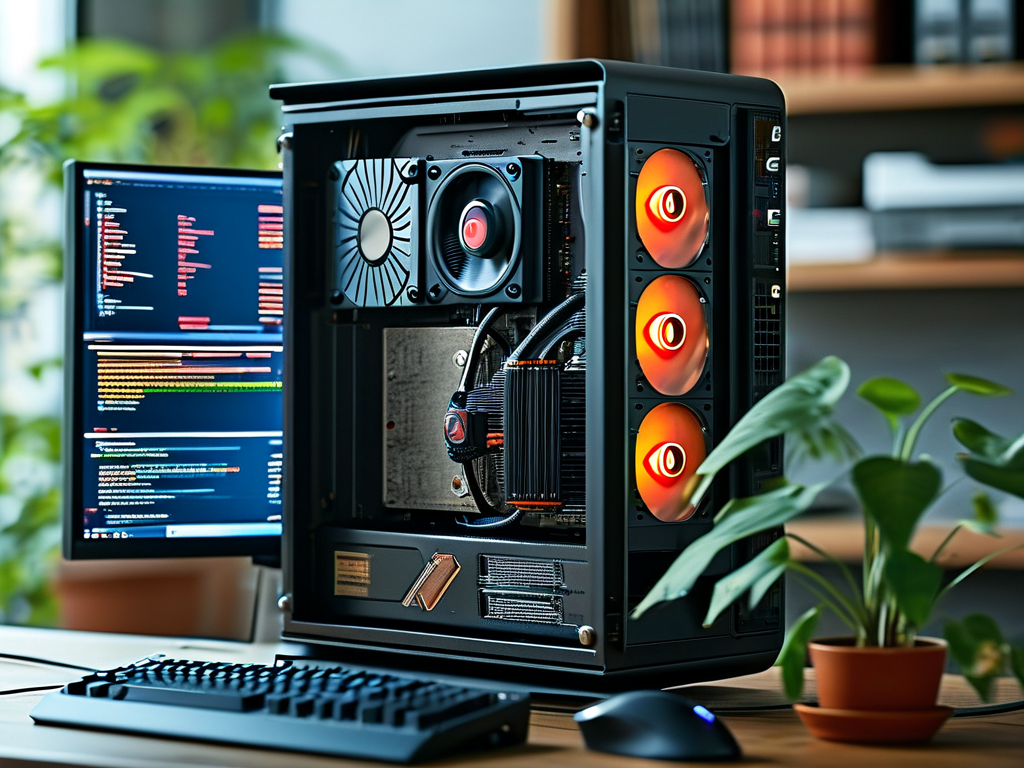Virtual memory is a fundamental concept in computer principles that allows systems to manage memory more efficiently by simulating additional RAM using disk storage. At its core, it enables programs to run as if they have access to more physical memory than is actually available, creating a seamless experience for users and developers alike. This technology originated in the 1960s as computers evolved to handle larger applications, and today, it's integral to modern operating systems like Windows, Linux, and macOS. Without virtual memory, most software we use daily would crash or fail due to insufficient physical resources, highlighting its critical role in computing.

To understand how virtual memory works, imagine your computer's physical RAM as a limited workspace. When multiple applications run simultaneously, they demand more memory than the RAM can provide. Virtual memory steps in by dividing the memory into fixed-size blocks called pages. These pages are stored either in RAM or on a special area of the hard disk known as the swap file or page file. The operating system uses a memory management unit (MMU) to map virtual addresses used by programs to physical addresses in RAM or disk. For instance, if a program requests data not in RAM, the MMU triggers a "page fault," causing the system to fetch the required page from disk into RAM. This process, called paging, ensures that active data stays in fast RAM while inactive data is swapped out, optimizing performance.
One key advantage of virtual memory is that it allows for larger program sizes than physical memory alone. For example, a complex video editing application might require 16GB of RAM, but if only 8GB is available, virtual memory lets it function by using disk space as an extension. This isolation also enhances security, as each program operates in its own virtual address space, preventing one application from crashing another by accessing unauthorized memory. Additionally, virtual memory simplifies programming since developers don't need to worry about physical memory constraints; they can write code assuming abundant memory, which boosts productivity. However, there are drawbacks, such as performance overhead. Accessing disk storage is much slower than RAM, leading to delays called "thrashing" when excessive swapping occurs. This can degrade system speed, especially on older hardware with slow hard drives.
In real-world scenarios, virtual memory is implemented through system settings. For instance, in Linux, users can adjust the swap space size using commands like swapon or edit the /etc/fstab file. A simple code snippet in C demonstrates how programs interact with virtual memory by allocating and accessing memory without knowing the physical details:
#include <stdio.h>
#include <stdlib.h>
int main() {
int *data = malloc(1024 * sizeof(int)); // Allocate virtual memory
if (data == NULL) {
printf("Memory allocation failed.\n");
return 1;
}
data[0] = 42; // Access virtual address
printf("Value: %d\n", data[0]);
free(data); // Release memory
return 0;
}
This code shows that the program uses malloc to request memory, which the OS handles via virtual memory, ensuring it works even if physical RAM is low. Such implementations underscore how virtual memory abstracts complexity for smoother operations.
Looking ahead, advancements like solid-state drives (SSDs) have reduced virtual memory's performance issues by speeding up disk access, but it remains essential for cloud computing and virtual machines where resources are shared dynamically. Ultimately, virtual memory is a cornerstone of computer architecture, enabling innovation across industries while posing ongoing challenges for optimization. By mastering this concept, users and IT professionals can troubleshoot memory-related issues and harness the full potential of their systems.


